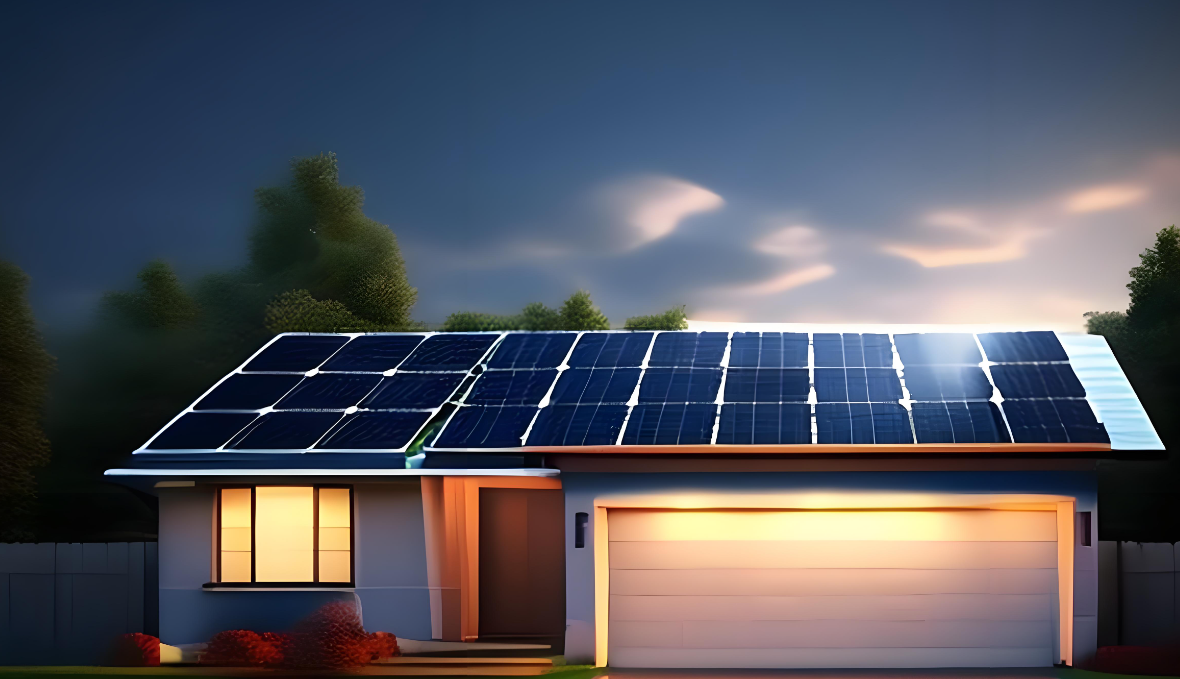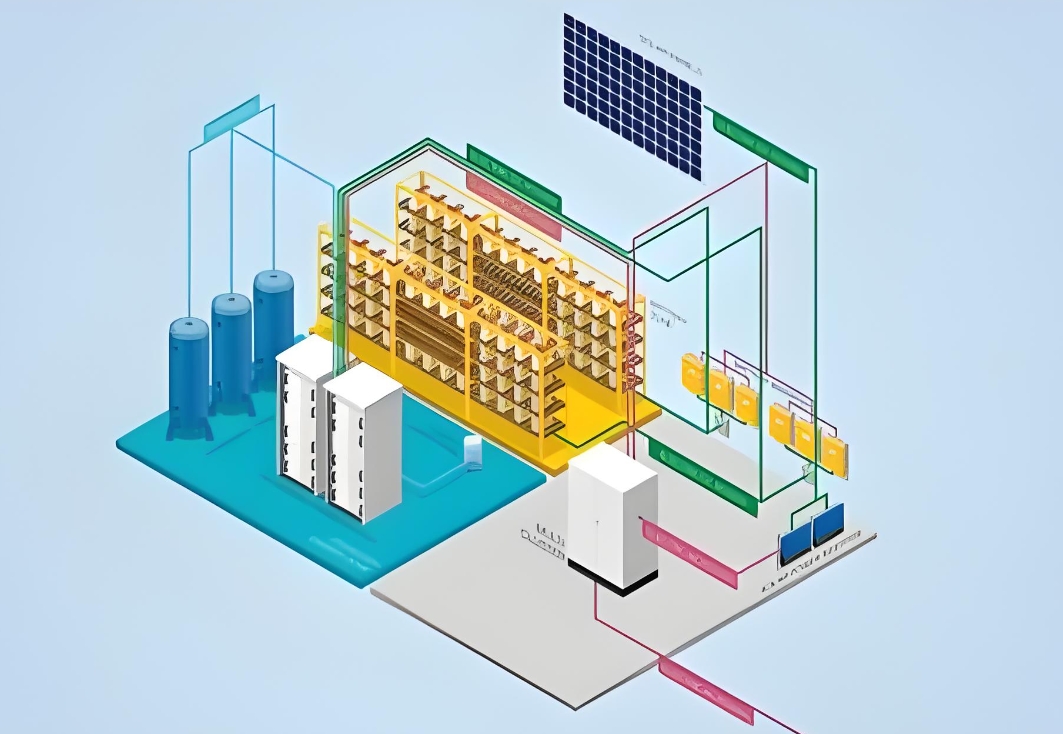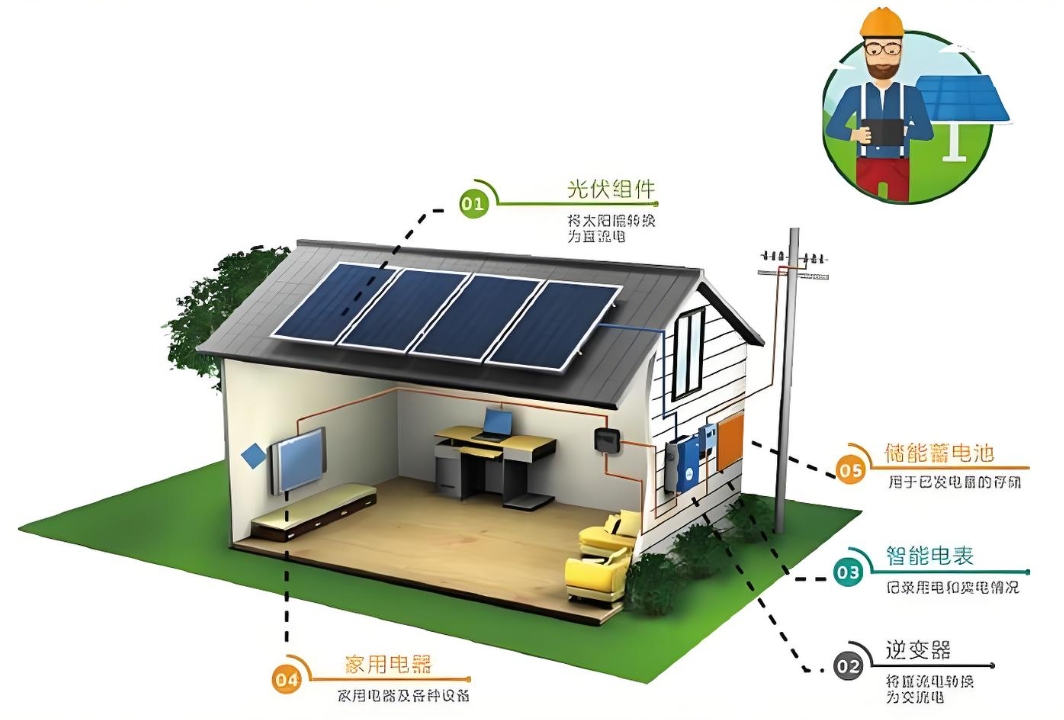How to Choose the Right Solar Energy Storage System
For homeowners transitioning to solar power, adding an energy storage system can unlock greater energy independence, reduce electricity bills, and provide backup power during outages. However, selecting the right solar battery system requires careful planning. This guide breaks down the key factors to consider, tailored to global users’ needs—from Europe to North America and beyond.
Why Solar Storage Matters: Beyond Just Panels
Solar panels generate electricity during daylight, but without storage, excess energy goes unused. A battery system allows you to:
- Store surplus solar energy for use at night or during cloudy days.
- Reduce reliance on the grid, lowering electricity bills by 40–70%.
- Ensure backup power during blackouts (critical for areas with unstable grids).
- Maximize renewable energy use, cutting carbon footprints.
Step 1: Understand Core Components of a Solar Storage System
#### 1. Battery Type: Lithium-Ion vs. Lead-Acid
- Lithium-Ion (LiFePO4):
- Pros: Longer lifespan (10–15 years), higher efficiency (95%), compact size.
- Cons: Higher upfront cost ($600–$1,200 per kWh).
- Best for: Most homes prioritizing longevity and space efficiency.
- Lead-Acid:
- Pros: Lower cost ($200–$500 per kWh), proven technology.
- Cons: Shorter lifespan (3–7 years), bulkier, requires maintenance.
- Best for: Budget-conscious users or off-grid cabins with infrequent use.
#### 2. Battery Capacity: How Much Storage Do You Need?
Calculate your daily energy consumption (e.g., 20 kWh/day) and aim for a battery that covers 1–3 days of autonomy.
- Small System (5–10 kWh): Powers essentials like lights, fridge, and phones.
- Medium System (10–20 kWh): Supports HVAC, laundry, and partial home backup.
- Large System (20+ kWh): Full-home backup or high-energy-use households.
#### 3. Inverter Compatibility
- AC-Coupled Systems: Work with existing solar inverters; easier to retrofit.
- DC-Coupled Systems: More efficient for new installations but require hybrid inverters.
#### 4. Scalability
Choose modular systems (e.g., Tesla Powerwall, LG RESU) that allow adding batteries later.

Step 2: Match the System to Your Goals
#### Scenario 1: Maximizing Self-Consumption (Reduce Bills)
- Target: Use stored solar energy during peak rate periods (e.g., 4–9 PM).
- Recommended Setup:
- Battery: 10–15 kWh lithium-ion.
- Inverter: Hybrid inverter with time-of-use (TOU) settings.
- Cost: $10,000–$18,000 (before incentives).
#### Scenario 2: Full Backup Power (Storm-Prone Areas)
- Target: Keep critical loads running during outages (e.g., sump pumps, medical devices).
- Recommended Setup:
- Battery: 20+ kWh lithium-ion with high discharge rate.
- Inverter: Backup-ready inverter (e.g., Sol-Ark 15K).
- Extras: Automatic transfer switch, generator compatibility.
- Cost: $20,000–$30,000.
#### Scenario 3: Off-Grid Living
- Target: 100% energy independence.
- Recommended Setup:
- Battery: 30+ kWh lithium-ion bank.
- Solar Array: Oversized panels (150–200% of daily needs).
- Redundancy: Backup generator or wind turbine.
- Cost: $35,000–$50,000+.
Step 3: Compare Costs & Incentives
#### Global Price Range for Solar Storage Systems
| System Size | Battery Type | Average Cost (USD |
| 5 kWh | Lithium-Ion | $4,000–$7,000 |
| 10 kWh | Lithium-Ion | $8,000–$14,000 |
| 20 kWh | Lithium-Ion | $15,000–$25,000 |
#### Government Incentives (2024 Examples):
- USA: 30% federal tax credit (ITC) for solar + storage.
- Germany: KfW loans with 1% interest for renewable systems.
- Australia: Rebates up to AUD $3,000 via state programs.
Step 4: Choose a Reputable Brand
Top brands balance performance, warranty, and local support:
1. Tesla Powerwall – Best for smart integration and scalability.
2. LG Chem RESU – Compact design ideal for urban homes.
3. Sonnen Eco – Leader in German-engineered durability.
4. BYD Battery-Box – High-value option for large systems.
Key Questions to Ask Suppliers:
- Is the battery UL9540 or IEC-certified for safety?
- What’s the warranty (cycles or years)?
- Does local technical support exist?
Step 5: Avoid Common Pitfalls
1. Overlooking Installation Costs: Labor and permits add 20–30% to hardware costs.
2. Ignoring Climate Impact: Lithium batteries lose capacity in extreme cold; opt for models with thermal management.
3. Underestimating Loads: High-power devices like air conditioners may require multiple batteries.
Real-World Case Study: A Family’s Solar + Storage Journey
- Location: Munich, Germany
- Goals: Reduce grid dependence, backup power during winter storms.
- System:
- 15 kWh Sonnen Eco battery + 8 kW solar array.
- Cost: €22,000 (after €6,000 KfW subsidy).
- Results:
- 85% energy self-sufficiency year-round.
- 12-hour backup during a 2023 grid outage.
FAQs: Quick Answers for Buyers
Q: How long do solar batteries last?
A: Lithium-ion lasts 10–15 years (6,000+ cycles); lead-acid lasts 3–7 years.
Q: Can I add storage to an existing solar system?
A: Yes! AC-coupled batteries (e.g., Tesla Powerwall) retrofit easily.
Q: Are solar batteries safe indoors?
A: Lithium batteries with UL certification can be installed in garages or utility rooms.
Conclusion: Start Your Energy Independence Journey
Choosing a solar storage system is a long-term investment in sustainability and resilience. By evaluating your energy needs, budget, and local incentives, you can design a system that pays for itself in 5–10 years while slashing carbon emissions.
Ready to Take Control of Your Energy?
👉 [Get a Free Solar Storage Consultation] 👈
Expert advice tailored to your home and region!



